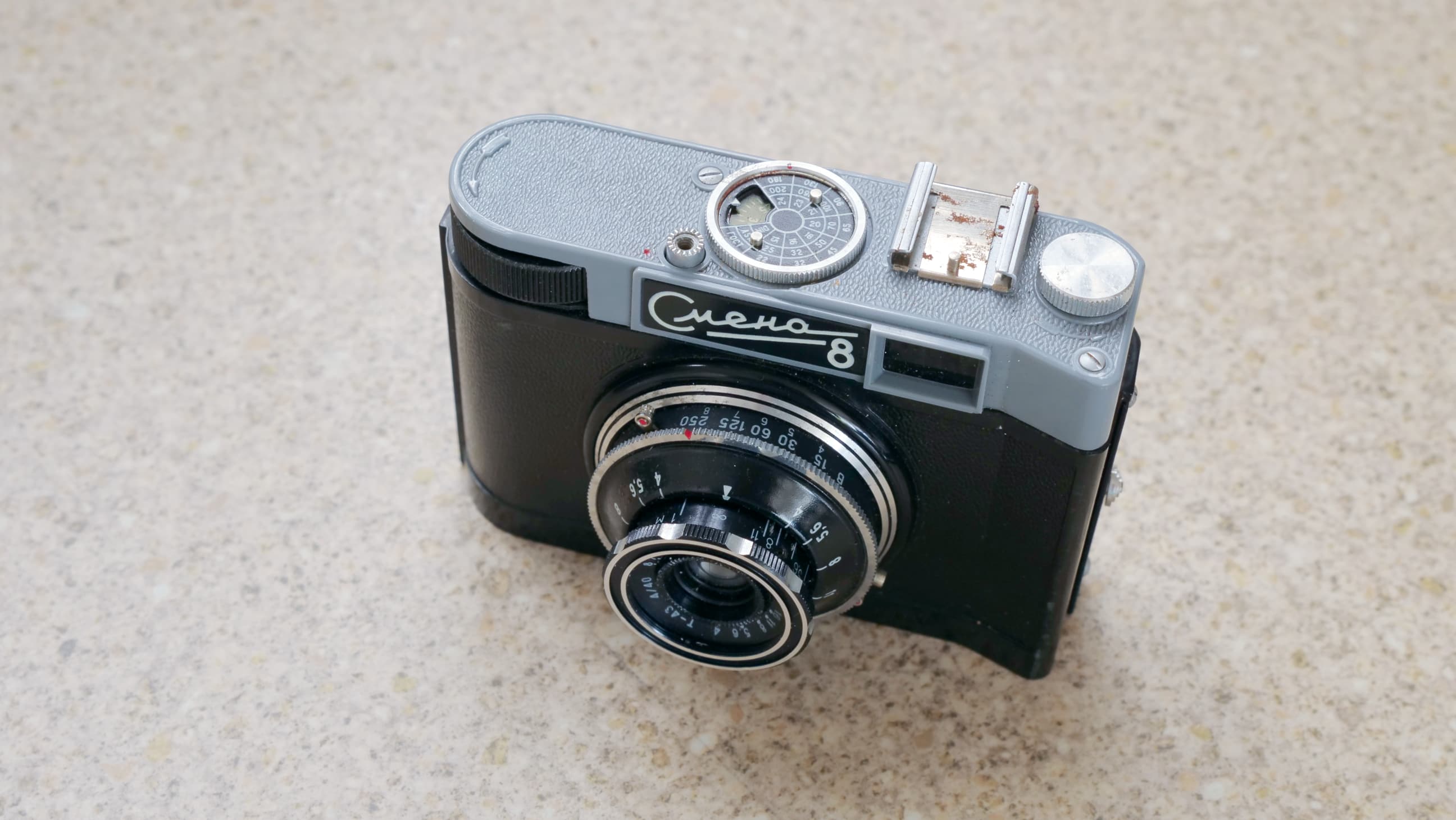Don’t forget your umbrella! We fixed a new StellaPro Reflex S to our old light kit
Light doesn’t change, and old lighting modifiers need never go out of style!

You thought umbrellas on light stands went out with the dinosaurs? Well think again, because we dug our or old umbrellas and diffusers, hooked them up with StellaPro’s utterly modern monolights, and it’s like they were made for each other!
We’ve raved enough about these new lights in our StellaPro Reflex S review, but there’s a couple of features that deserve a closer look. One is the light stand clamps in the 2-light kit we reviewed.
These lock securely on to the standard lighting stand mounting point and have a lockable pivot so that you can change the angle of the light. The StellaPro lights attach via a slide-on cold shoe catch.
So that’s the first step. Our light stands were from an Interfit tungsten kit bought 20 years ago, and while the lamps are long gone, we kept the stands – and the design hasn’t changed so the StellaPro lights go straight on.
So what about the umbrellas? These traditionally attach by sliding the shaft through a channel in the light and are tightened in place with a locking nut. And the StellaPro lights have exactly this fitting. It was as simple to fix up our silvered and diffuser umbrellas to the StellaPro lights as it was with the old tungsten lamps back in the day when our lighting kit was first made.

Working with umbrellas
Umbrellas are not like softboxes. They don’t produce large and clearly defined rectangular light sources. There’s something distinctly ‘analog’ about umbrellas and the different ways they can be set up and used.
With a silvered umbrella, you point the light into the umbrella and adjust the distance by sliding the umbrella shaft in and out of the light. Our StellaPro lights came with Spot and Medium lenses, and the Medium lens gave the brightest light but he diffuser dome was the most effective for 'filling' the umbrella.
The best camera deals, reviews, product advice, and unmissable photography news, direct to your inbox!
Silvered umbrellas are very light-efficient. You don’t lose much light and the light you get is softer from the wider light source, but still picks out details very well. It’s idea for product photography or male portraits, say.
We also tried our diffuser umbrella. Here, you direct the light into the center of the umbrella as before, but this time you turn the light stand so that the diffuser comes between the light and the subject. We got the softest light using our StellaPro’s diffuser dome, but this also led to some light loss through spillage, and diffusers are not that efficient anyway – so it delivered a lovely soft light, but the exposures had to be increased. But that's no different to the old days, when making those old 500-watt photoflood bulbs illuminate anything more than a few feet away was a challenge. Modern lights produce way more power, and they don't fry your subject while they're doing it.
So don’t throw away your old lighting gear!
Lights may move on, but the modifiers needed to ’shape’ the light don’t necessarily change. The StellaPro lights are compatible with Elinchrom modifiers via an adaptor ring, but they also worked really well with our old umbrella lighting kit.
Thank goodness we didn’t throw it out when we ditched the old tungsten lamps it came with!

Rod is an independent photography journalist and editor, and a long-standing Digital Camera World contributor, having previously worked as DCW's Group Reviews editor. Before that he has been technique editor on N-Photo, Head of Testing for the photography division and Camera Channel editor on TechRadar, as well as contributing to many other publications. He has been writing about photography technique, photo editing and digital cameras since they first appeared, and before that began his career writing about film photography. He has used and reviewed practically every interchangeable lens camera launched in the past 20 years, from entry-level DSLRs to medium format cameras, together with lenses, tripods, gimbals, light meters, camera bags and more. Rod has his own camera gear blog at fotovolo.com but also writes about photo-editing applications and techniques at lifeafterphotoshop.com



